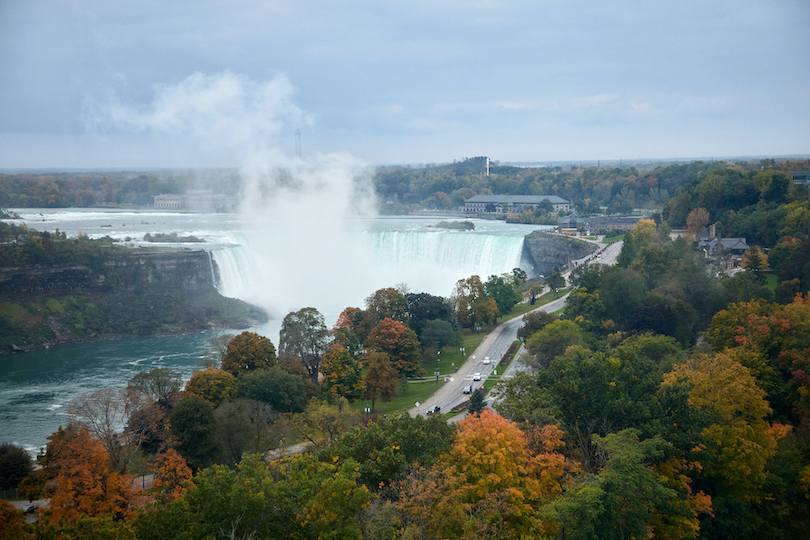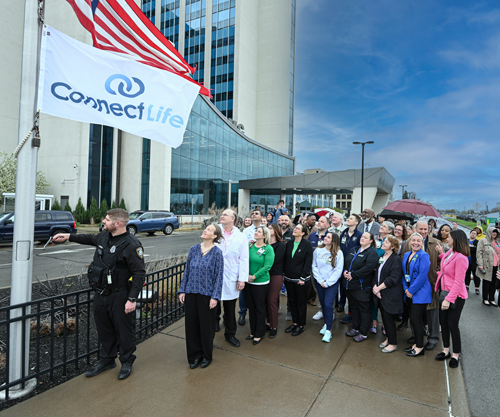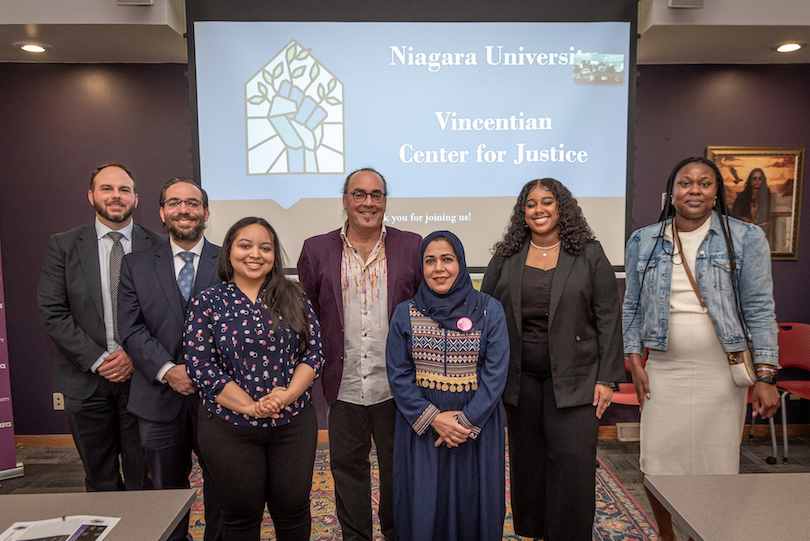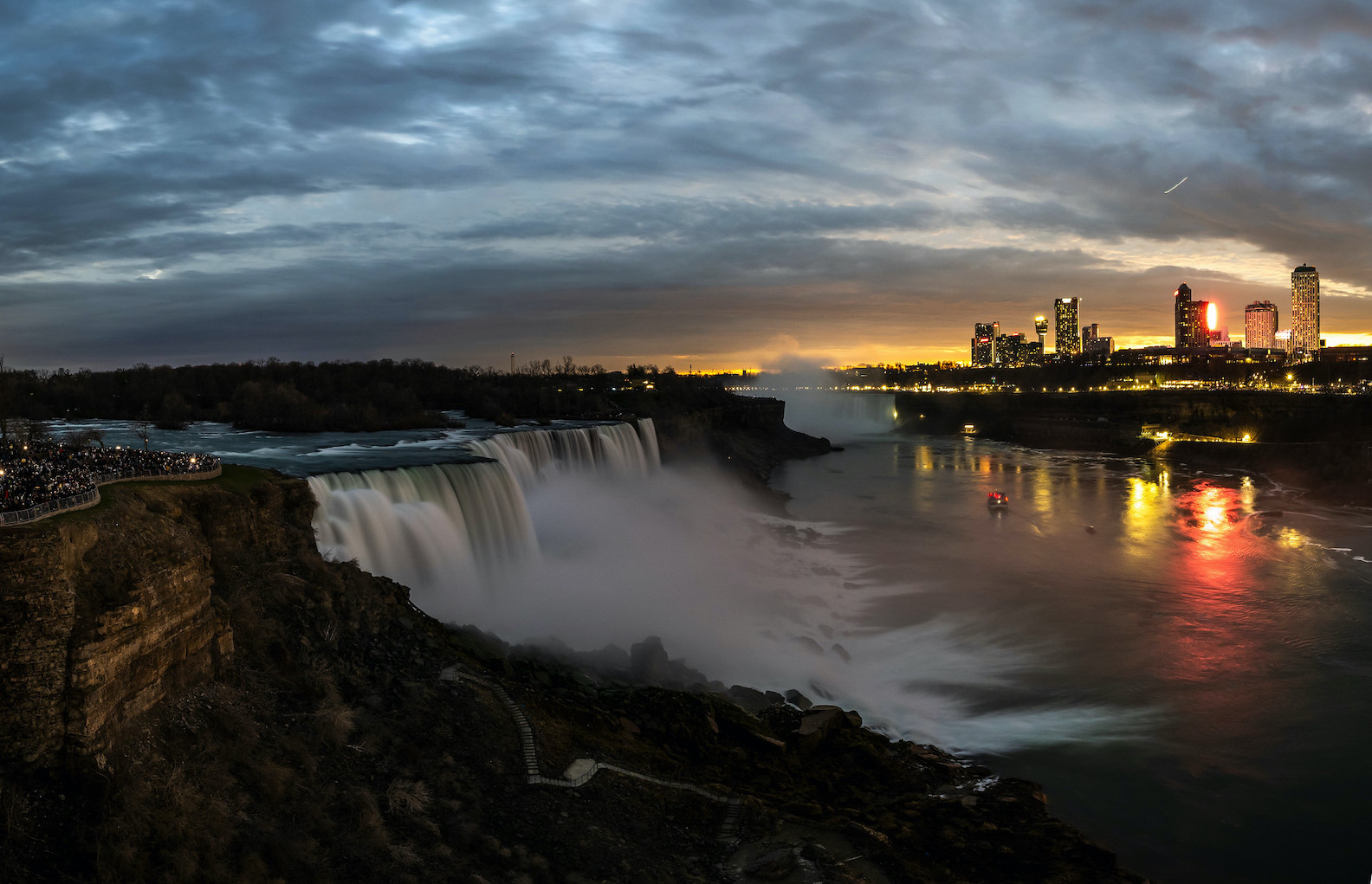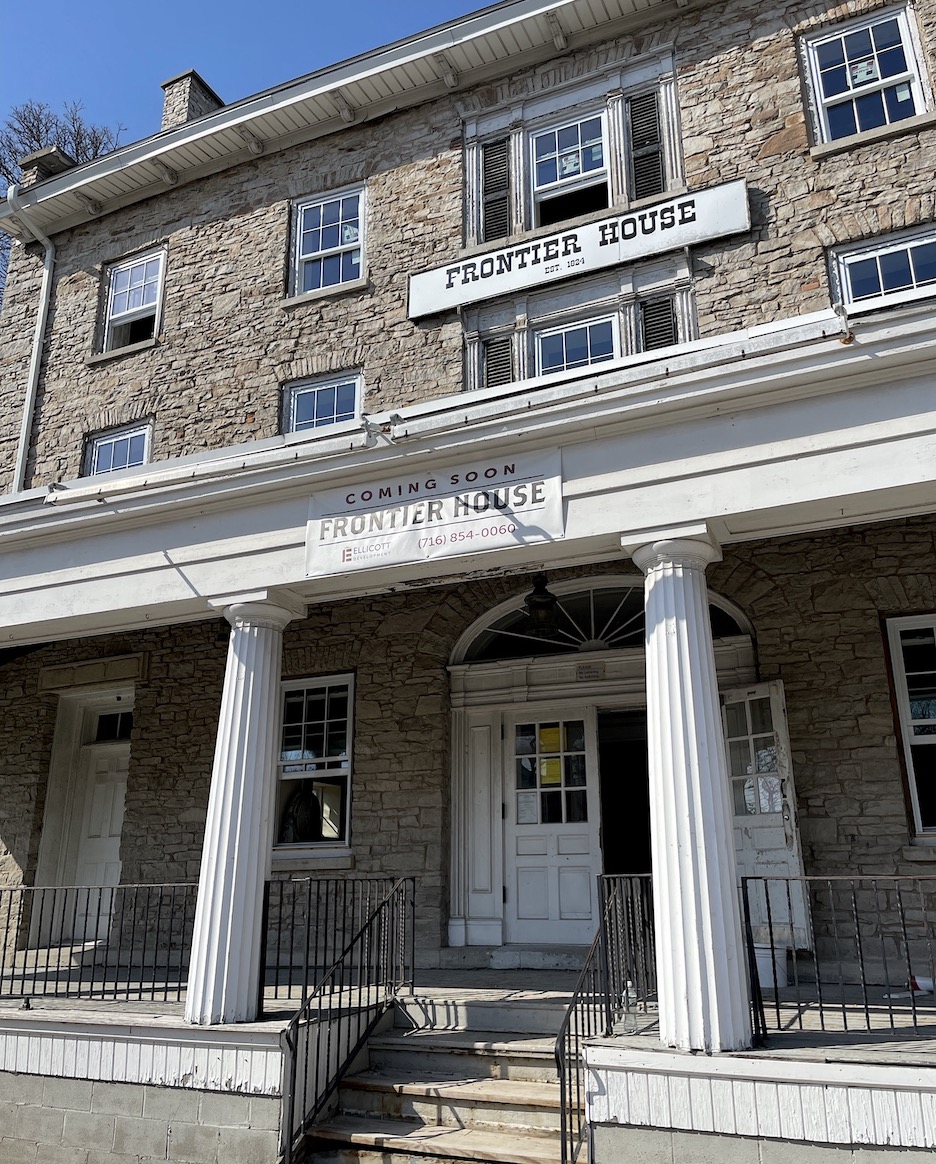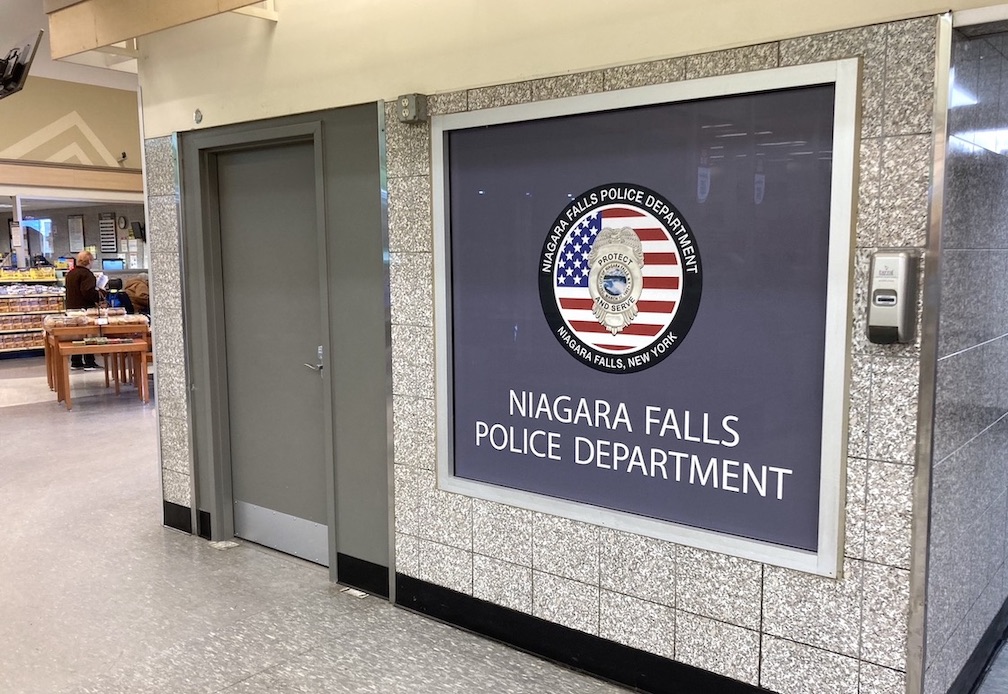Featured News - Current News - Archived News - News Categories
Legislation supported by Reps. Slaughter, Levin and Moore to be introduced before Congress on Earth Day, April 22
Congressman Brian Higgins, D-NY-26, has announced legislation aimed to update water infrastructure essential to protecting the Great Lakes and the communities that surround them.
"The Great Lakes are an incredible natural and economic resource for Western New York," he said. "Restoring and preserving the integrity of the Great Lakes is critical to our waterfront economy and the vitality of our region."
"Historic droughts and water shortages currently gripping the nation are a stark wake-up call, reminding us that we must do everything we can to preserve the largest surface freshwater system on the Earth, the Great Lakes," said Rep. Louise Slaughter, co-chair of the Great Lakes task force. "Investing in the region's water infrastructure is a proven way to protect the drinking water for more than 30 million Americans and ensure that these lakes are here for future generations."
"Once dismissed as the next generation's problem, our entire country is facing a fresh water crisis defined by the cumulative impacts of droughts, toxic algae, pollution and inadequate water infrastructure," said Jill Jedlicka, executive director of Buffalo Niagara Riverkeeper. "Congressman Higgins understands that strategic investment dedicated to restoring our nation's water resources will result in tremendous economic return for the benefit of the entire community. We thank him for his commitment to the ecological integrity of the Great Lakes, the protection of our drinking water, and crafting this legislation needed to support improvements to our nation's water treatment systems."
"The tragedy in Toledo demonstrated how vulnerable Lake Erie is to nutrient pollution. When it comes to protecting our drinking water, we can't afford not to take action," said Brian Smith, associate executive director for Citizens Campaign for the Environment. "Upgrading our treatment plants with modern technology is a critical part of the solution. We commend Congressman Higgins for his leadership in protecting the health of our Great Lakes."
The Great Lakes Nutrient Removal Assistance Act would provide the U.S. Environmental Protection Agency with $500 million of funding to upgrade publicly owned wastewater treatment plants in the Great Lakes basin with nutrient removal technology. Higgins will introduce the bill to Congress on Earth Day, this Wednesday, April 22, along with co-sponsors from districts that represent the Great Lakes, Slaughter (D-NY-25), Congressman Sandy Levin (Michigan) and Congresswoman Gwen Moore (Wisconsin).
"As we transition from grit to green and embrace the benefits of our blue economy, there is no investment more important than utilizing our living systems and state-of-the-art technology to secure safe drinking water sources for communities around the Great Lakes," said Ryan McPherson, chair of the Western New York Environmental Alliance, a coalition of more than 100 organizations. "We commend the congressman for his continued leadership of focusing on our future and securing Buffalo's greatest natural asset: fresh clean water."
Lynda Schneekloth, chair of the Sierra Club Niagara Group, and advocacy chair for the Western New York Environmental Alliance, said, "The fresh waters of the Great Lakes are a public trust and belong to all the people and creatures who need water for life. It is our actions that have caused the increase of contamination and, therefore, it will be our actions that will help clean the waters. Congressman Higgins' Great Lakes Nutrient Removal Assistance Act will be a major first step in preserving the public trust by cleaning the waters of Lake Erie for human consumption."
In August, an algal bloom caused by excess nutrients such as phosphorus and nitrogen in Lake Erie caused half a million people living in the Great Lakes community of Toledo, Ohio, to lose access to clean drinking water. As the shallowest of the five Great Lakes, Lake Erie is particularly susceptible to harmful algal blooms.
"Congressman Higgins continues to demonstrate his support of the Great Lakes," said Katherine Bunting Howarth, New York Sea Grant's associate director. "In light of recent harmful algal blooms in Lake Erie and their threat to the ecosystem and human health, actions to reduce the nutrients that fuel these blooms are needed. Protecting the Great Lakes and the drinking water they provide must take priority."
David Ulrich, executive director of the Great Lakes and St. Lawrence Cities Initiative, wrote in support of the legislation, adding, "We are at a critical stage of dealing with nutrients and algal blooms in many parts of the Great Lakes, with Lake Erie being the most challenging. It is going to take an all-out effort by municipalities, industry and agriculture to get the needed reductions."
The Great Lakes Water Quality Agreement, a binational agreement between the U.S. and Canada to restore and protect the Great Lakes, identifies inadequate wastewater treatment plants as a weak link in protecting the biological integrity of the Great Lakes.
The Buffalo River also is identified in the Great Lakes Water Quality Agreement as one of 26 "areas of concern" in need of remedial action. In fall 2014, Higgins announced $4.7 million in funding for habitat restoration anticipated to begin during the spring and summer of 2015, complementing nearly $75 million invested by federal and non-federal partners over the past decade.
According to the Environmental Protection Agency, approximately 35 million people live in the Great Lakes basin. The Great Lakes contain 95 percent of America's fresh water, and supplies drinking water to more than 30 million people in North America. The Brookings Institute found Buffalo would see economic gains between $600 million and $1.1 billion if the Great Lakes are restored. The Great Lakes currently promote 1.5 million jobs and $62 billion in wages.

